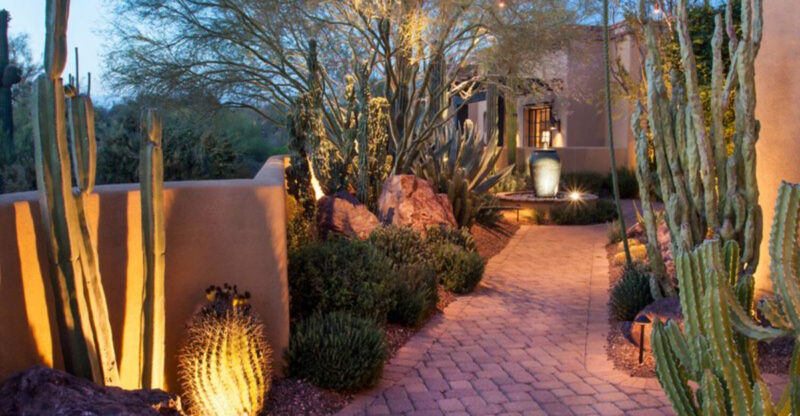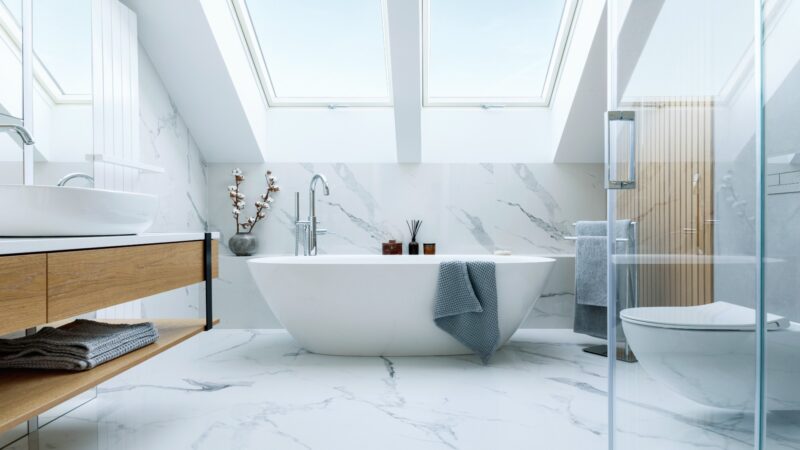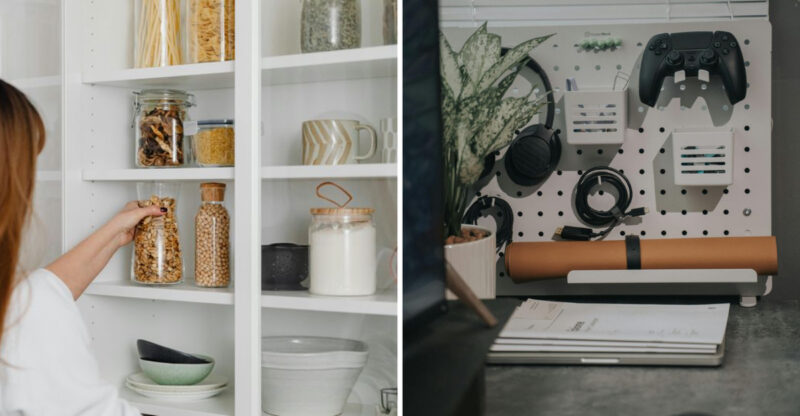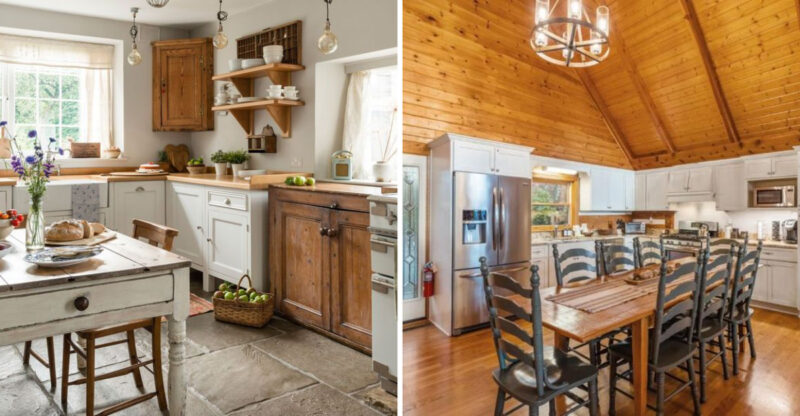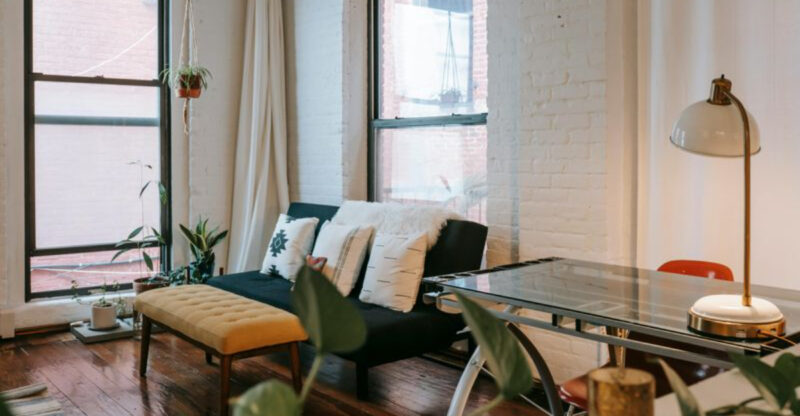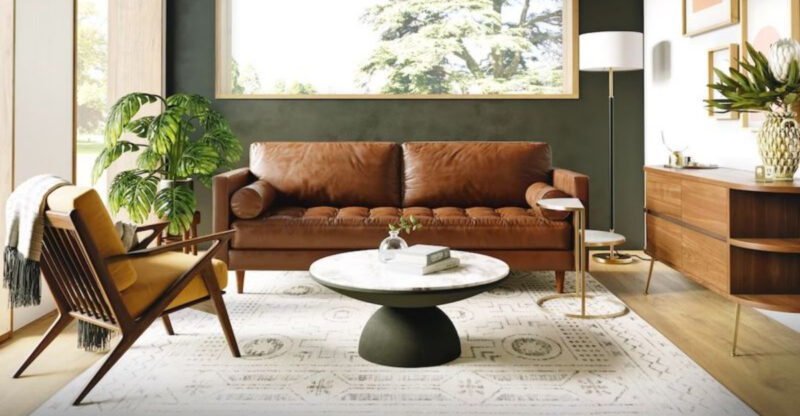12 Vintage California Home Décor Pieces That Aren’t Worth a Dime (And 5 That Still Shine)
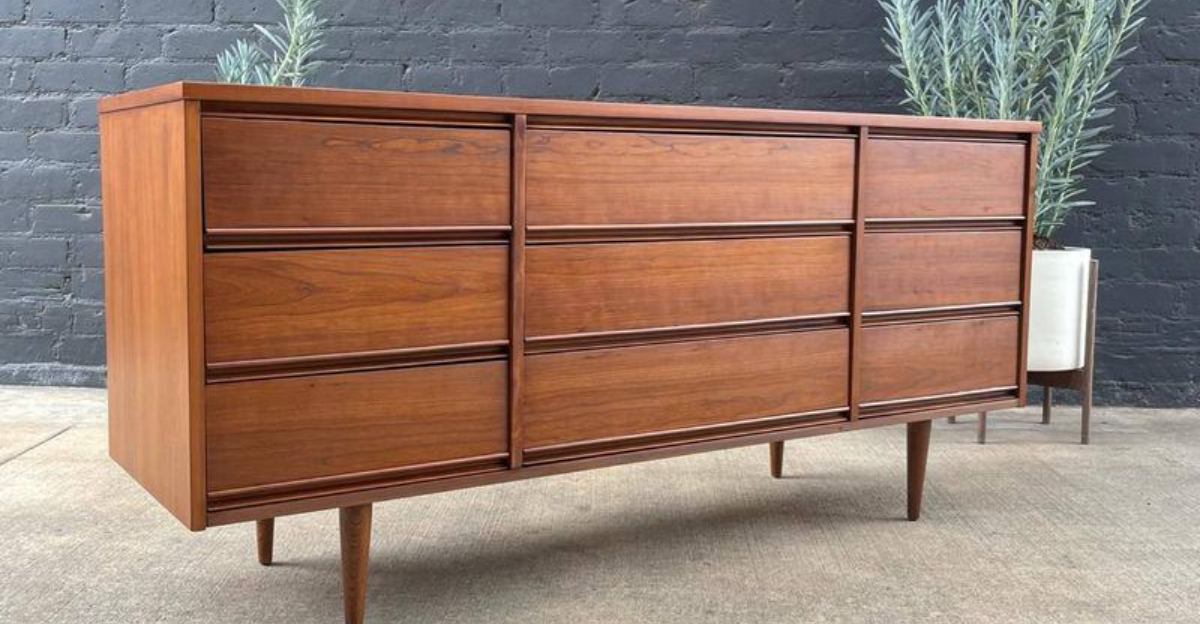
Remember those funky home trends that swept through California homes from the 60s through the 90s? While some vintage pieces have become collector’s treasures, others are better left in the past.
I’ve spent years scouring estate sales and vintage shops across the Golden State, learning which retro items still command respect (and dollars) in today’s market.
Let’s explore which vintage California décor pieces you should pass on and which ones might be worth keeping or hunting down.
1. Plastic Beaded Curtains
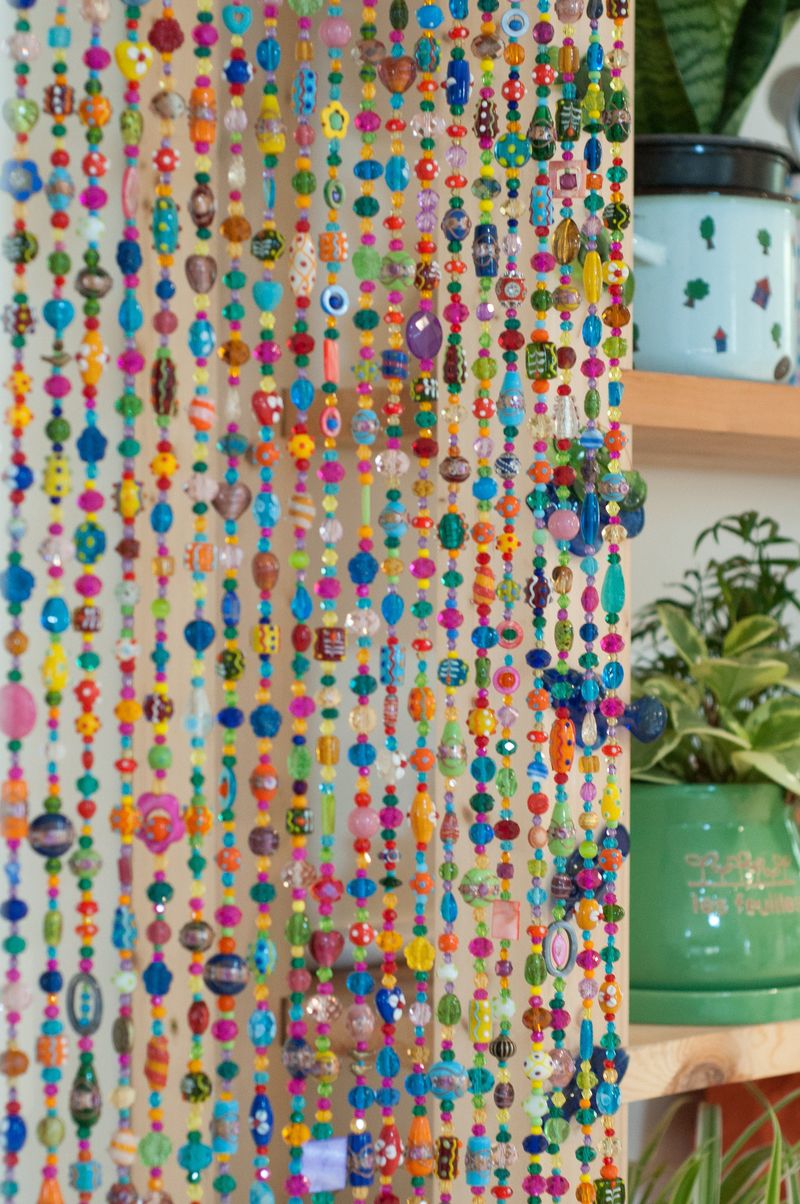
Those colorful plastic bead curtains that once dangled in doorways of every groovy California pad have lost their charm. Popular during the 1960s and 70s, these noisy dividers were the ultimate hippie statement piece.
Time hasn’t been kind to these plastic relics. Most have become brittle, discolored, or tangled beyond repair. Even in perfect condition, they fetch virtually nothing at resale shops.
Modern designers view them as tacky rather than retro-cool. If you stumble across these in your parents’ garage, feel free to toss them without guilt they’re not making a comeback anytime soon, despite occasional appearances in teen bedrooms trying to capture that vintage vibe.
2. Avocado Green Appliances
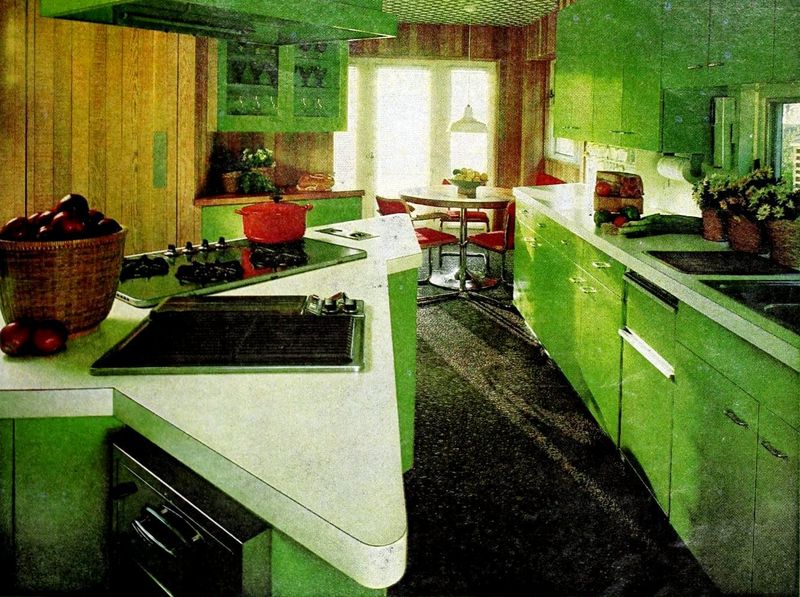
Avocado green refrigerators, stoves, and dishwashers dominated California kitchens throughout the 1970s. These bulky appliances were once the height of domestic fashion, symbolizing modern living in suburban homes across the state.
Unfortunately, these colored appliances now represent outdated energy efficiency and mechanical reliability. Most surviving units require expensive repairs or use excessive electricity compared to contemporary models.
Beyond practical concerns, the color itself has fallen dramatically out of favor. Even dedicated vintage collectors typically pass on these pieces. The maintenance headaches, combined with their massive size and weight, make avocado appliances nearly impossible to give away – let alone sell for any meaningful amount.
3. Popcorn Ceiling Panels
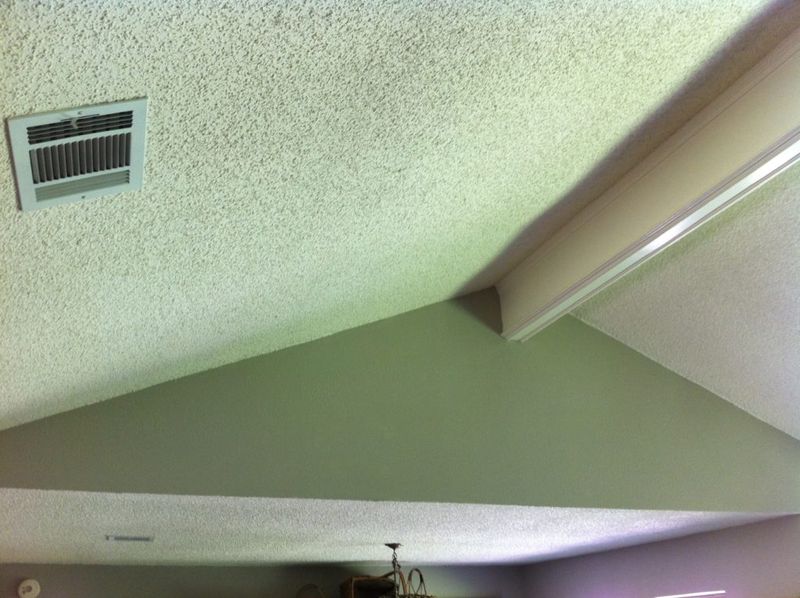
Popcorn ceilings were practically mandatory in California homes built between the 1950s and 1980s. Contractors loved them because they easily hid imperfections and provided some acoustic dampening.
What nobody mentioned was the nightmare they’d become for future homeowners. Many contain asbestos, requiring expensive professional removal. Even asbestos-free versions collect dust, are impossible to clean, and immediately date a room.
Homebuyers today consider popcorn ceilings an immediate renovation project rather than a charming vintage feature. If you’ve salvaged panels during a remodel, there’s absolutely no resale market for them. Most renovation experts recommend professional removal rather than attempting to preserve these textured nightmares for any reason.
4. Mirrored Closet Doors
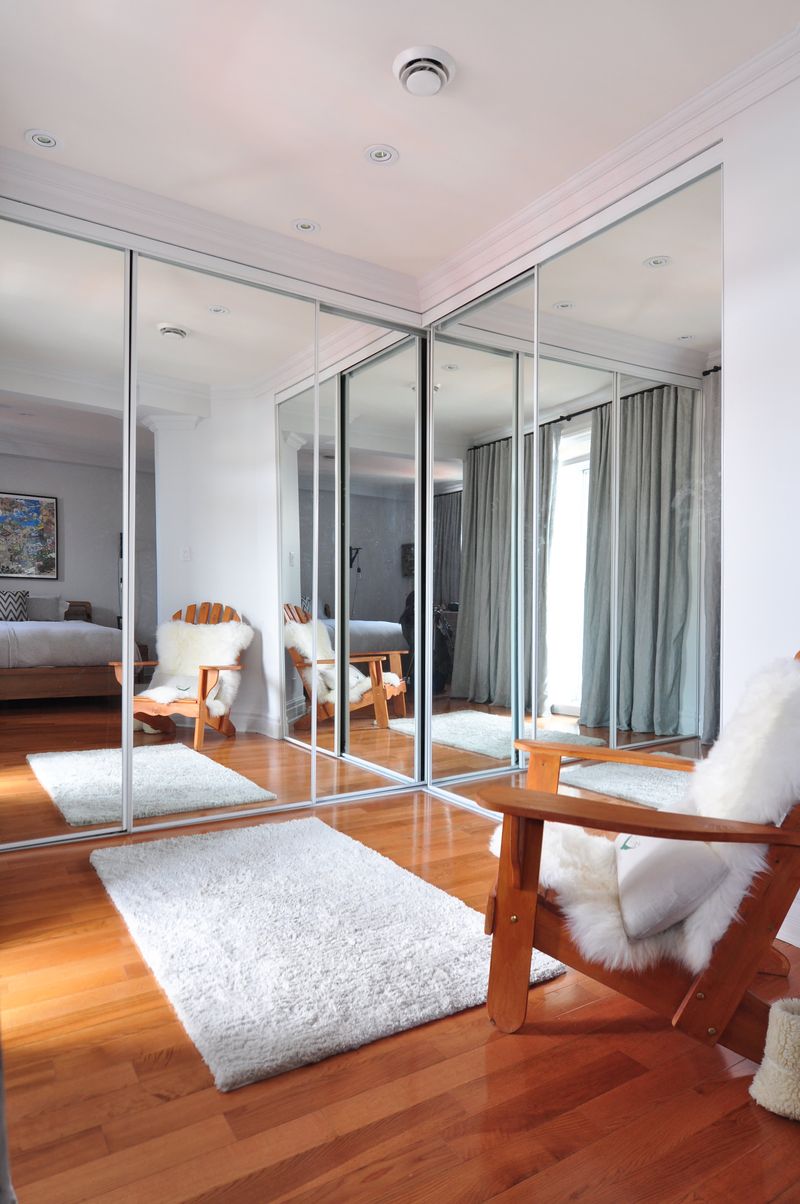
Mirrored sliding closet doors were installed in virtually every California apartment and tract home during the 1980s. Builders praised them for making small rooms appear larger while providing a full-length mirror without taking up additional space.
Fast forward to today, and these reflective monstrosities are among the first items homeowners rip out. The thin mirrors chip easily, the aluminum tracks bend, and the overall aesthetic screams dated suburban development.
While functional mirrored doors might still serve a purpose, they hold absolutely no vintage value. Even in perfect condition, you’d have to pay someone to take them off your hands. Most end up in landfills during renovations, as even second-hand building supply stores rarely accept them due to negligible demand.
5. Vinyl Roller Shades
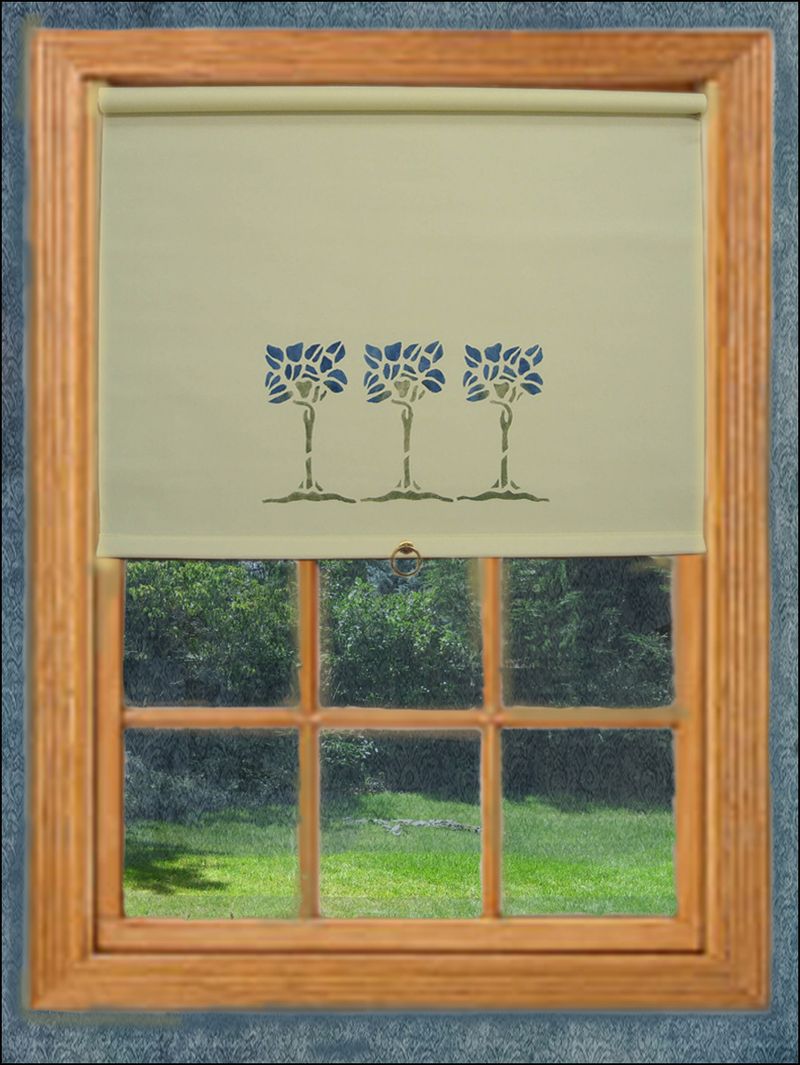
Plain vinyl roller shades once hung in windows across California, offering affordable privacy and light control. Throughout the 1960s-80s, these utilitarian window coverings came in limited colors – usually off-white, beige, or that distinctive avocado green.
Years of sun exposure has left most vintage roller shades brittle, discolored, and prone to sudden failure. The plastic mechanisms crack, the vinyl splits, and the edges curl inward after repeated use.
Modern window treatments have completely overshadowed these basic coverings. Even pristine examples hold zero appeal for vintage collectors or home decorators. Most thrift stores won’t even accept donations of old roller shades, regardless of condition. If you find these hiding in a storage closet, they’re destined for nothing more glamorous than the recycling bin.
6. Faux Wood Paneling
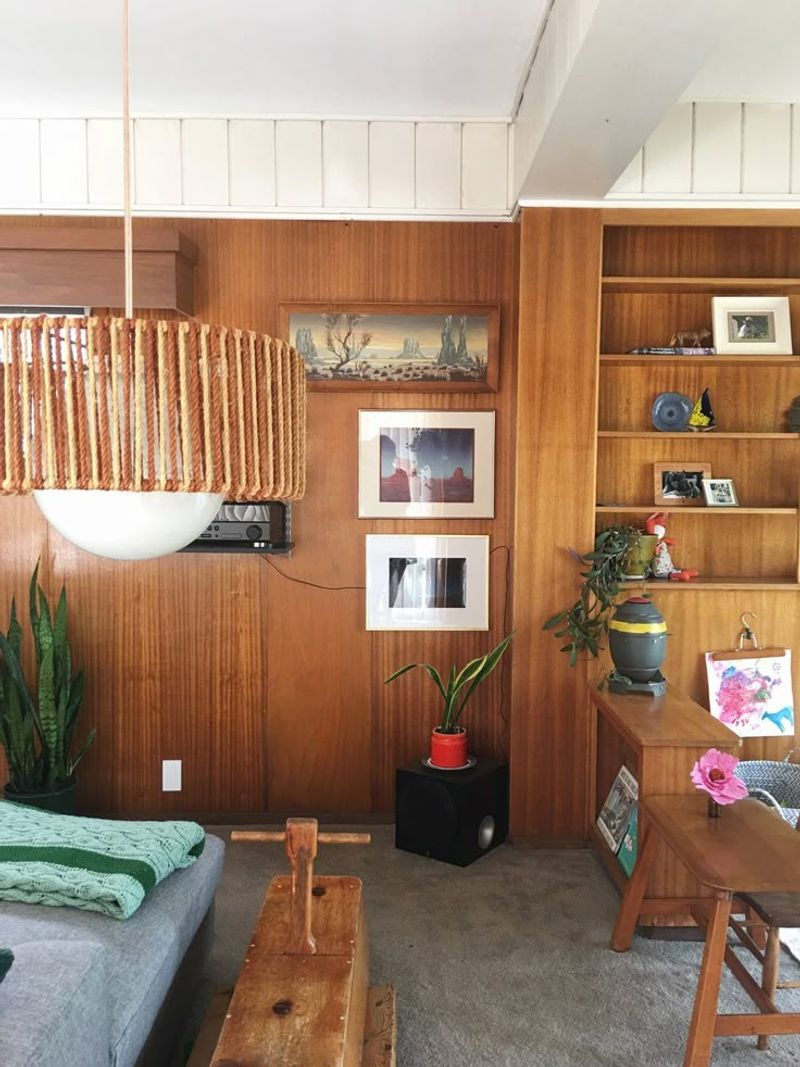
Dark faux wood paneling covered the walls of countless California dens, basements, and recreation rooms during the 1960s and 70s. Homeowners embraced these inexpensive sheets of printed hardboard as an easy way to create a “masculine” or “cozy” atmosphere.
Today, this paneling represents everything wrong with mid-century budget renovations. The thin veneer chips easily, the dark color absorbs light, and the fake wood grain fools absolutely no one. Most surviving examples have faded unevenly or suffered water damage.
Designers universally recommend removing rather than preserving this dated feature. Even free wood paneling finds few takers on neighborhood exchange groups. The cost of removal and disposal typically exceeds any potential value, making this once-ubiquitous wall covering completely worthless in today’s market.
7. Ruffled Polyester Curtains
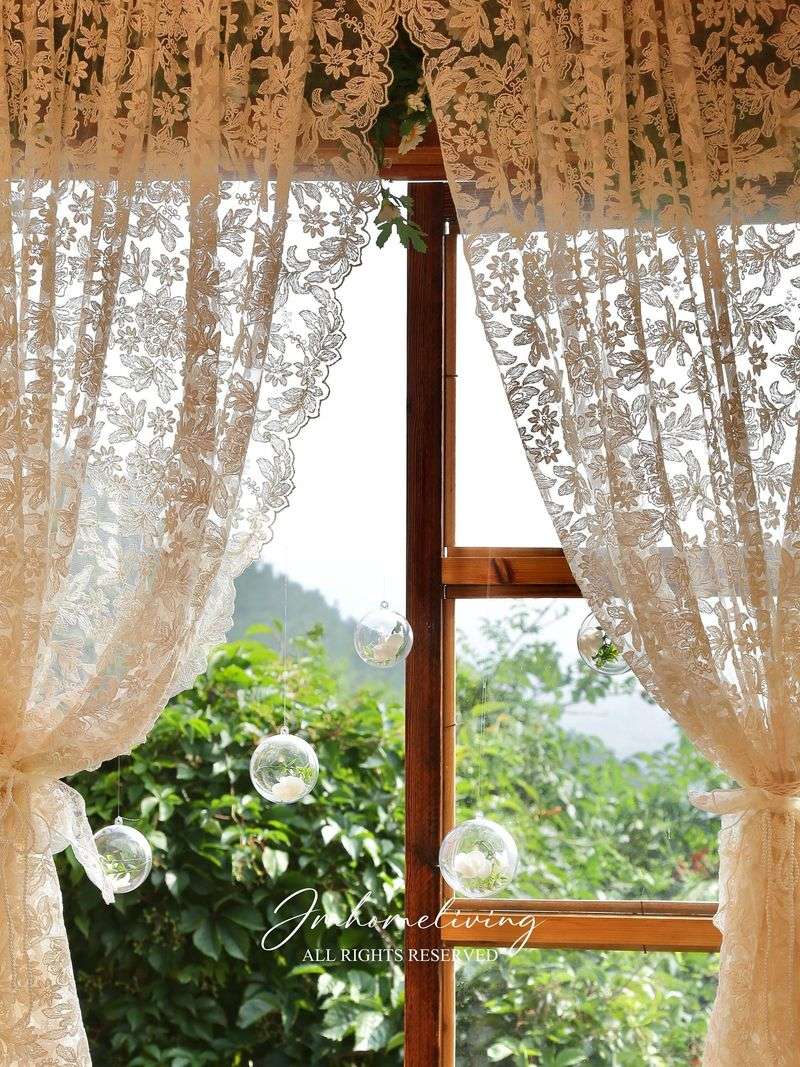
Frilly polyester curtains with excessive ruffles and valances were staples in California homes throughout the 1970s and 80s. Homemakers loved their affordability, easy care, and the way they added a touch of formality to living and dining rooms.
The synthetic fabric hasn’t aged well. Most vintage examples have yellowed dramatically, become brittle from sun exposure, or retain lingering odors from decades of cooking and cigarette smoke. The once-fashionable ruffles now appear dated rather than charming.
Current design aesthetics favor clean lines and natural materials, leaving these fussy window treatments firmly in the past. Even vintage enthusiasts typically avoid these pieces. The combination of delicate condition, outdated style, and impractical sizing for modern windows means these curtains hold essentially zero resale value in today’s market.
8. Brass and Glass Coffee Tables
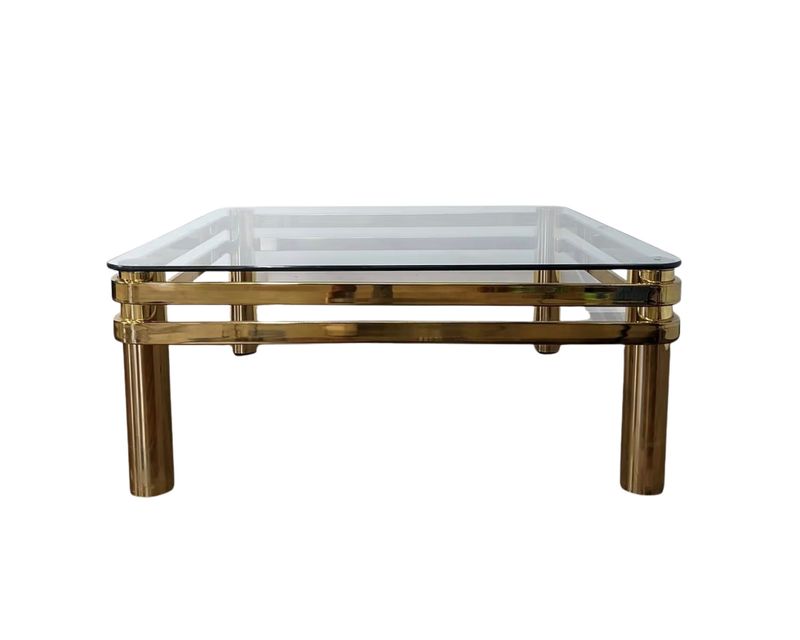
Brass-framed glass coffee tables dominated California living rooms during the 1980s. With their shiny gold-toned metal and smoked glass tops, these tables epitomized the flashy aesthetic of the era.
Most surviving examples show significant wear. The brass plating has typically worn through or tarnished unevenly, while the glass often bears scratches, chips, or that distinctive cloudy appearance from years of cleaning products.
Unlike genuine mid-century pieces, these mass-produced tables hold little nostalgic appeal for collectors or decorators. The materials were never high-quality to begin with, and the design lacks the timeless appeal necessary for vintage furniture. Even in good condition, these tables struggle to sell for more than a few dollars at garage sales, with most eventually heading to the curb during home updates.
9. Ceramic Swan Planters
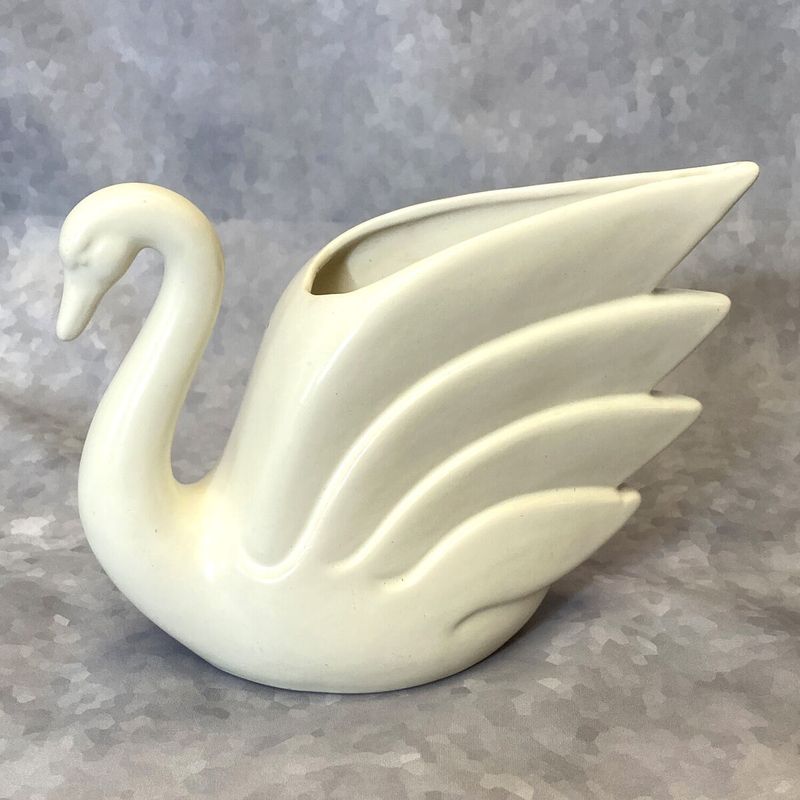
White ceramic swan planters graced countless California windowsills and side tables during the 1960s and 70s. These mass-produced decorative items typically held small houseplants or artificial flowers, adding a touch of whimsy to suburban homes.
Unlike fine porcelain collectibles, these ceramic pieces were cheaply made with low-quality materials. Most have developed hairline cracks, chips, or that distinctive yellowing that affects inexpensive ceramics over time.
Though occasionally embraced ironically by younger decorators, these swan planters generally fail to command any significant resale value. Thrift stores typically price them at a dollar or less, and even then, they often remain on shelves for months. Unless marked with a valuable pottery maker’s stamp (which is extremely rare), these once-ubiquitous birds are essentially worthless in today’s market.
10. Macramé Plant Hangers (mass-produced)
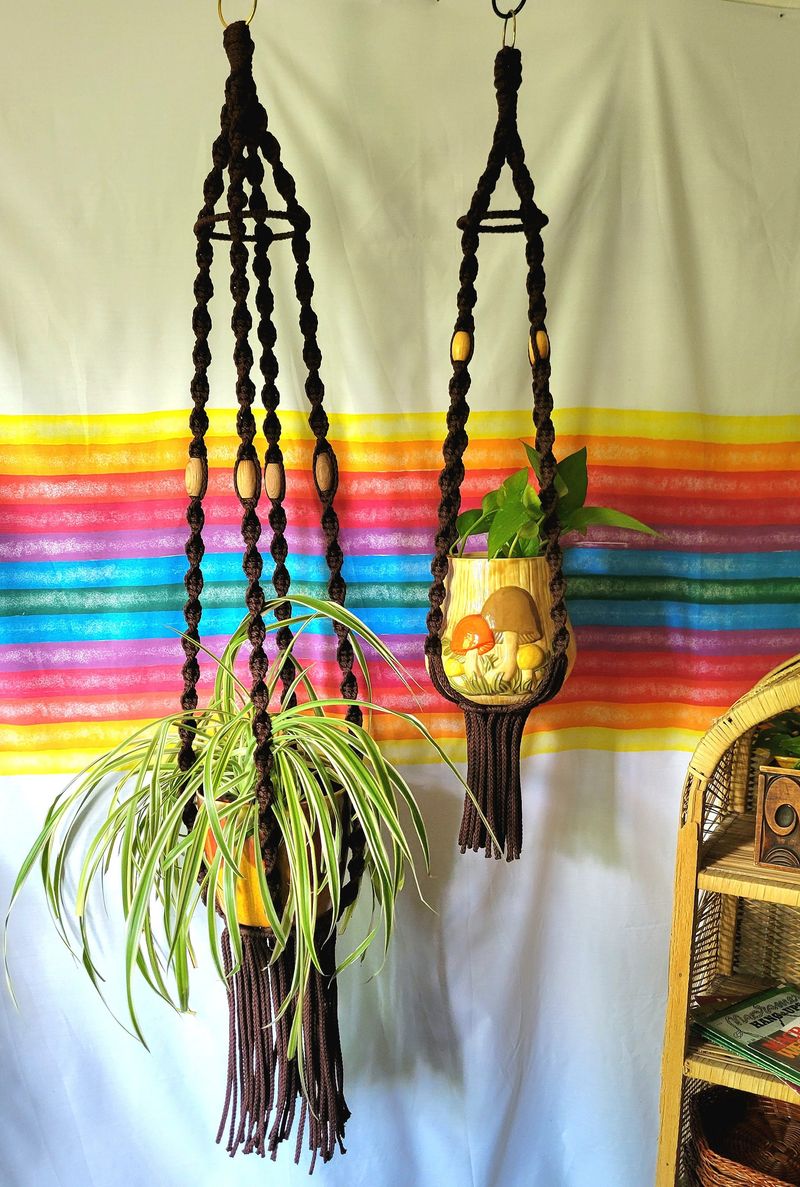
Mass-produced macramé plant hangers dangled in California homes throughout the 1970s, showcasing trailing spider plants and philodendrons. Unlike their handcrafted counterparts, these factory-made versions used synthetic cords and simplistic patterns for quick production.
The materials haven’t withstood the test of time. Most have become brittle, discolored, or stretched out beyond repair after decades of supporting heavy plants. The synthetic fibers often feel plasticky compared to the cotton or jute used in quality handmade pieces.
While artisanal macramé has experienced a genuine revival, these mass-produced versions remain firmly in the worthless category. The distinctive chemical smell, unraveling knots, and telltale uniformity immediately identify them as the less desirable cousins of true handcrafted macramé. Even vintage shops typically decline these items when sorting through estate sale offerings.
11. Plastic Wall Clocks

Novelty plastic wall clocks featuring everything from sunbursts to cartoon characters brightened California kitchens during the 1960s and 70s. These battery-operated timepieces were affordable, colorful alternatives to more expensive wooden or metal models.
Decades later, the plastic has typically yellowed, cracked, or warped from exposure to cooking heat and sunlight. The clock mechanisms have long since failed, and replacement parts for these proprietary designs are impossible to find.
Even working examples hold virtually no value in today’s market. Unlike mid-century metal starburst clocks (which command premium prices), these plastic counterparts were never built for longevity or collectibility. The cheap materials and mass-produced nature place them firmly in the disposable category rather than the vintage treasure realm. Most end up in landfills rather than antique shops.
12. Velvet Elvis Paintings
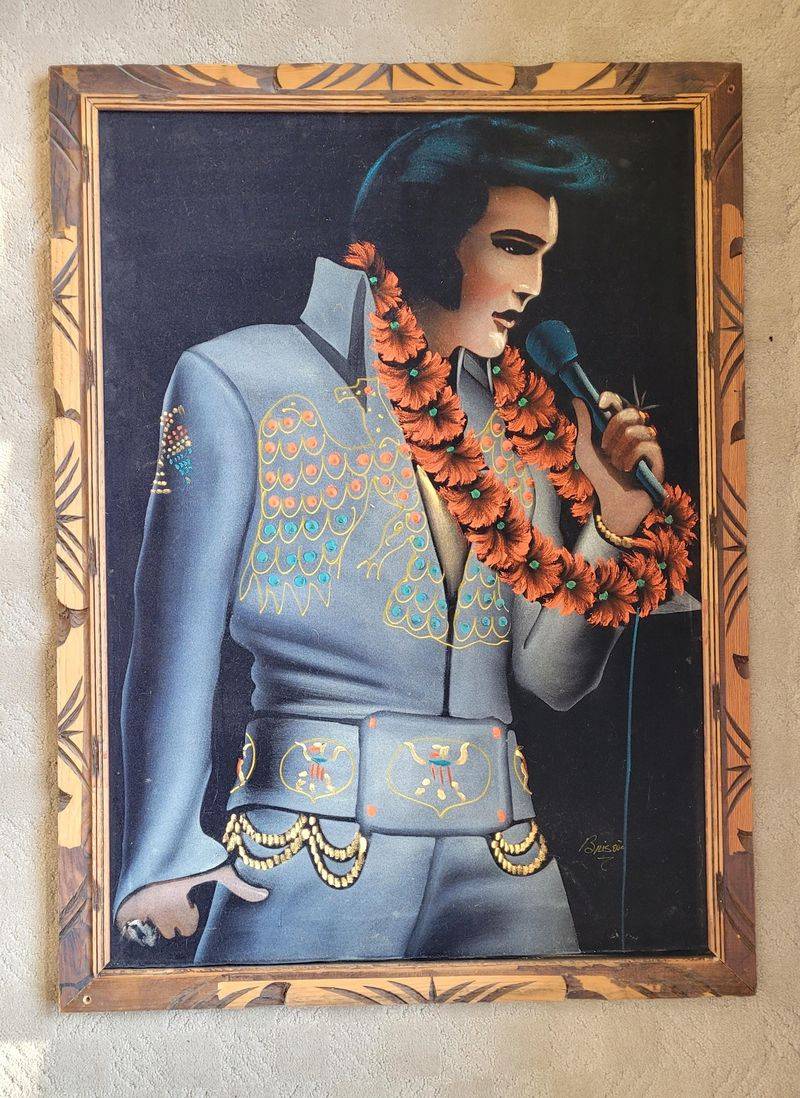
Velvet Elvis paintings found their way into many California homes during the 1970s, particularly in areas with strong Americana influences. These mass-produced portraits featured The King rendered in bold colors against black velvet backgrounds.
Years of exposure to sunlight and dust have left most examples in poor condition. The velvet has typically matted down, faded unevenly, or developed that distinctive musty odor associated with vintage textiles stored in less-than-ideal conditions.
Despite occasional ironic appreciation, these paintings hold essentially no monetary value. Unlike signed, limited-edition artwork, these were produced by the thousands in overseas factories. Even Elvis enthusiasts generally avoid these pieces, preferring more tasteful memorabilia. When they do appear at estate sales, they’re typically priced at a few dollars – and still struggle to find buyers at that rock-bottom price point.
13. Mid-Century Walnut Dressers
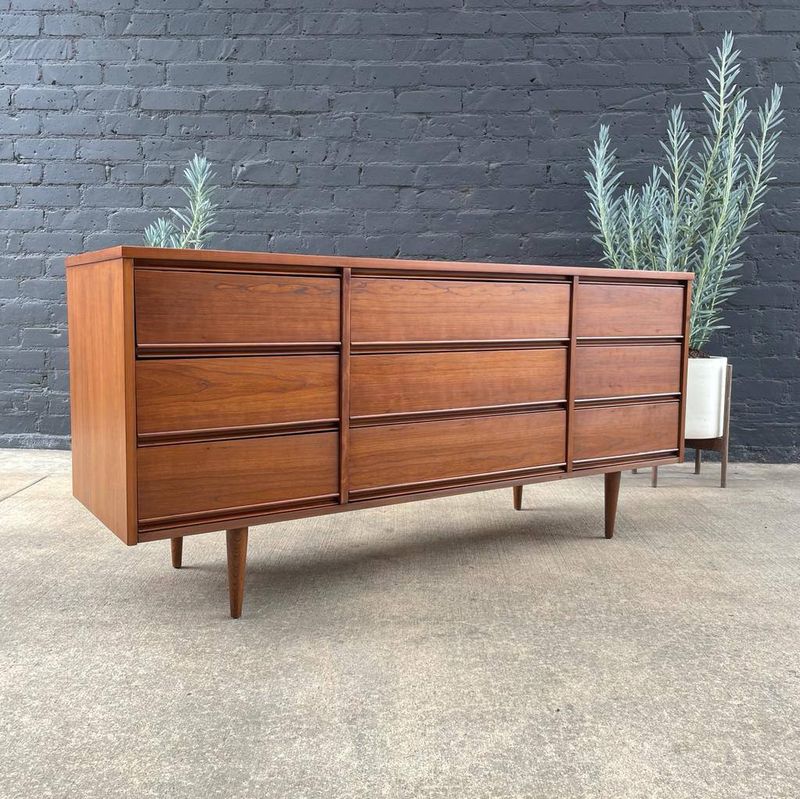
Solid walnut dressers from the 1950s and 60s remain among the most sought-after vintage furniture pieces in California. Crafted by renowned manufacturers like Broyhill, Kent-Coffey, and Danish makers, these pieces feature clean lines, tapered legs, and minimal hardware.
The quality of materials stands in stark contrast to today’s particleboard furniture. Solid wood construction, dovetailed drawers, and hand-rubbed finishes create pieces that have already lasted generations. Even with moderate wear, these dressers can be professionally restored to their original glory.
Current market values continue to climb as mid-century modern design maintains its popularity. A well-preserved walnut dresser from a recognized manufacturer can easily command $800-2,000 in California markets. Unlike mass-produced items, these quality pieces represent both functional furniture and genuine investment potential worth preserving for future generations.
14. Art Deco Mirrors
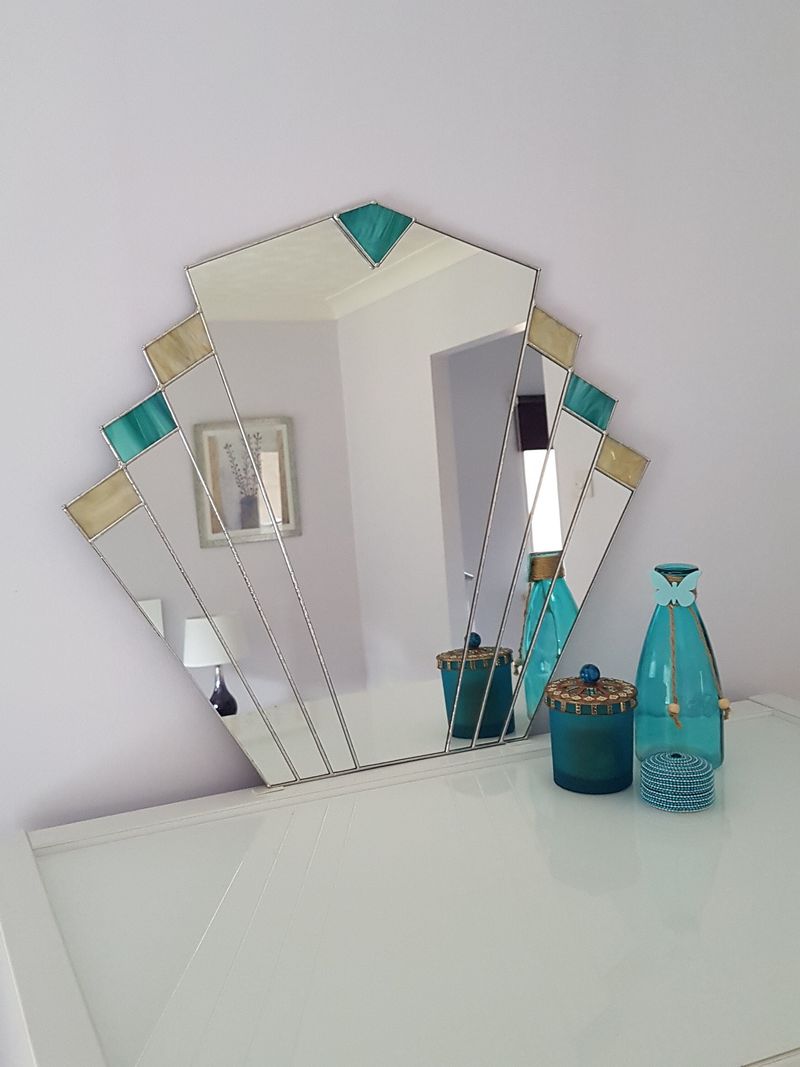
Authentic Art Deco mirrors from the 1920s and 30s have maintained their allure in California homes for nearly a century. These architectural pieces feature distinctive geometric designs, etched details, and often incorporate colored glass elements or stepped patterns.
The craftsmanship involved in creating these mirrors far exceeds modern production methods. Many feature hand-beveled edges, silver mercury backing, and intricate sandblasted designs that would be prohibitively expensive to reproduce today.
Design enthusiasts regularly seek these mirrors for both traditional and contemporary homes. A genuine Art Deco mirror in good condition easily commands $300-1,500 in California’s vintage markets. The timeless elegance of these pieces allows them to integrate seamlessly with various décor styles, ensuring their continued desirability. If you inherit or discover one of these geometric beauties, you’ve found a genuine treasure worth preserving.
15. Vintage Persian Rugs
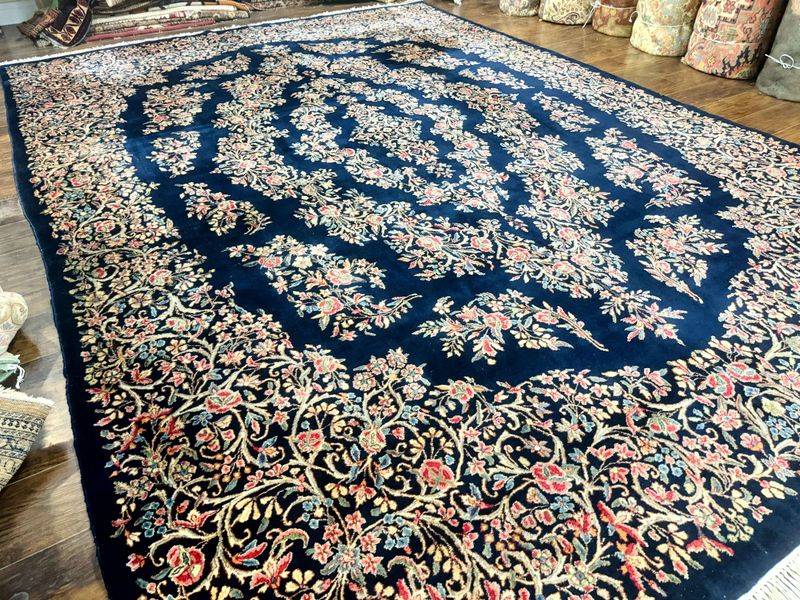
Hand-knotted Persian rugs have graced California’s finest homes since the early 20th century. These exquisite floor coverings feature intricate patterns, natural dye colorations, and craftsmanship that represents thousands of hours of skilled labor.
Quality Persian rugs actually improve with age. The wool softens, colors mellow into rich patinas, and the overall character deepens in ways that machine-made reproductions can never achieve. Many have survived decades of use while maintaining their structural integrity and beauty.
The market for authentic Persian rugs remains strong, with well-preserved examples easily commanding thousands of dollars. Even rugs showing moderate wear retain significant value. Unlike trendy mass-produced items, these timeless pieces transcend decorating fads. Their ability to anchor rooms with warmth and character ensures they’ll remain coveted California home elements for generations to come.
16. Solid Brass Hardware
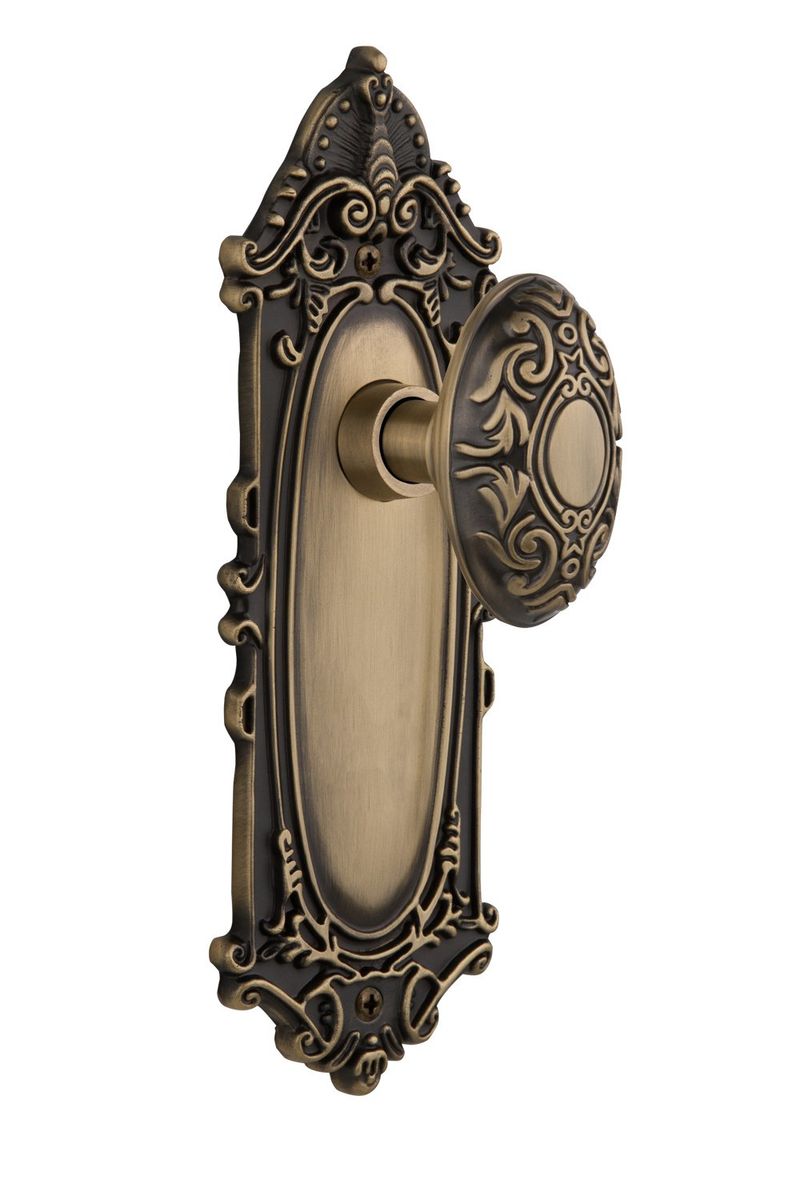
Vintage solid brass doorknobs, hinges, and cabinet pulls from California’s historic homes continue to command premium prices. Unlike modern hollow or plated alternatives, these substantial pieces were crafted from genuine brass that develops a distinctive patina over decades.
The quality is immediately apparent when held. The weight, the cool feel of real metal, and the intricate details reflect craftsmanship rarely seen in contemporary hardware. Many feature hand-engraved details, perfect proportions, and mechanisms that continue functioning flawlessly after a century of use.
Salvage companies and restoration specialists actively seek these pieces for historic renovations. A single set of quality brass doorknobs with matching backplates can easily fetch $100-300 in California’s architectural salvage markets. The combination of practical functionality, aesthetic appeal, and increasing scarcity ensures these metal treasures will continue appreciating rather than becoming obsolete.
17. Hand-Blown Glass Vases
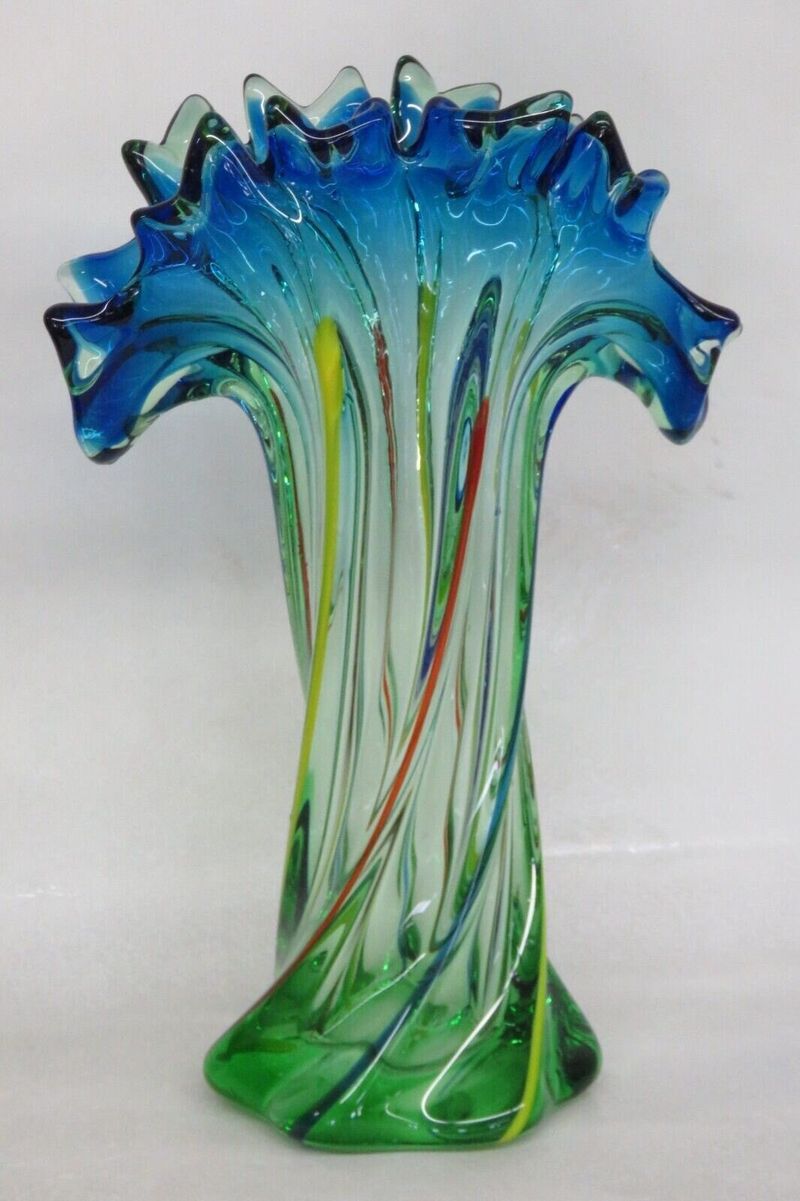
Vintage hand-blown glass vases from California studios have become increasingly collectible over the past decade. Created by skilled artisans during the mid-20th century craft revival, these unique pieces showcase organic forms, distinctive bubble patterns, and vibrant color combinations impossible to mass-produce.
The artistry is evident in every aspect. Subtle variations in thickness, graceful proportions, and the signature pontil mark on the bottom all testify to human craftsmanship rather than factory production. Many pieces from notable California glass studios like Blenko or Gumps now command serious collector attention.
Values continue rising as appreciation grows for American studio glass. Even unsigned examples with distinctive characteristics regularly sell for $200-500, while pieces from recognized artists can reach into the thousands. Their ability to serve as both functional vessels and sculptural art ensures these luminous treasures will remain valued California home elements indefinitely.

